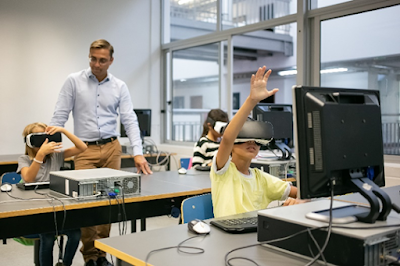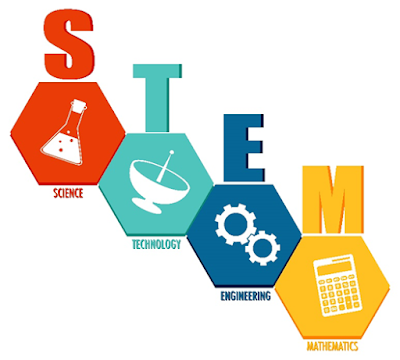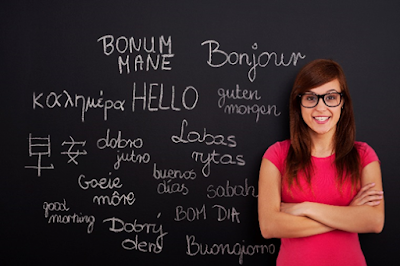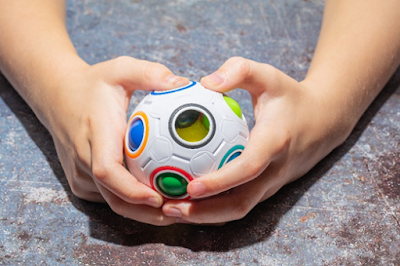Virtual Reality (VR) in education is a rapidly growing field that has the potential to revolutionize the way we learn. By creating immersive experiences that simulate real-world scenarios, VR can provide students with hands-on, interactive learning opportunities that are not possible through traditional methods. This technology can be used to engage students, promote active learning, and increase student motivation and engagement in the classroom.
Here are 5 applications of VR in education:

Simulation-based learning: VR can be used to create simulations that allow students to experience real-world scenarios and learn through hands-on experience. For example, in the field of medicine, VR simulations can be used to train medical students in surgical procedures, or in emergency response training, where students can practice responding to emergencies in a safe and controlled environment.

Science, technology, engineering, and mathematics (STEM) education: We can visualize complex scientific concepts and models that are difficult to understand through traditional methods using VR. For example, VR simulations can be used to show students how structures like the human body or complex machinery work, giving them a deeper understanding of the subject matter.

Cultural and historical education: VR can help us explore virtual tours of historical landmarks and cultural sites, giving students a unique opportunity to explore and learn about different cultures and historical events. For example, students can visit ancient Egyptian pyramids or the Colosseum in Rome, learning about the history and culture of these places in a way that is both engaging and interactive.

Language learning: VR can create immersive language learning environments that allow students to practise speaking and listening in real-world situations. For example, students can practise having conversations in a virtual coffee shop or participating in a virtual business meeting, which can help to improve their language skills and confidence.

Special education: This technology can also provide students with special needs with tailored learning experiences that cater to their individual needs. For example, students with sensory processing difficulties can participate in virtual environments that are designed to stimulate their senses and help them to better understand the world around them.
In conclusion, VR has the potential to transform the way we learn by providing students with immersive and interactive learning experiences that promote active learning and engagement. As VR technology continues to evolve, we can expect to see even more innovative and effective applications of this technology in education in the years to come.
Writer – Irshad Girach
Unity Developer

